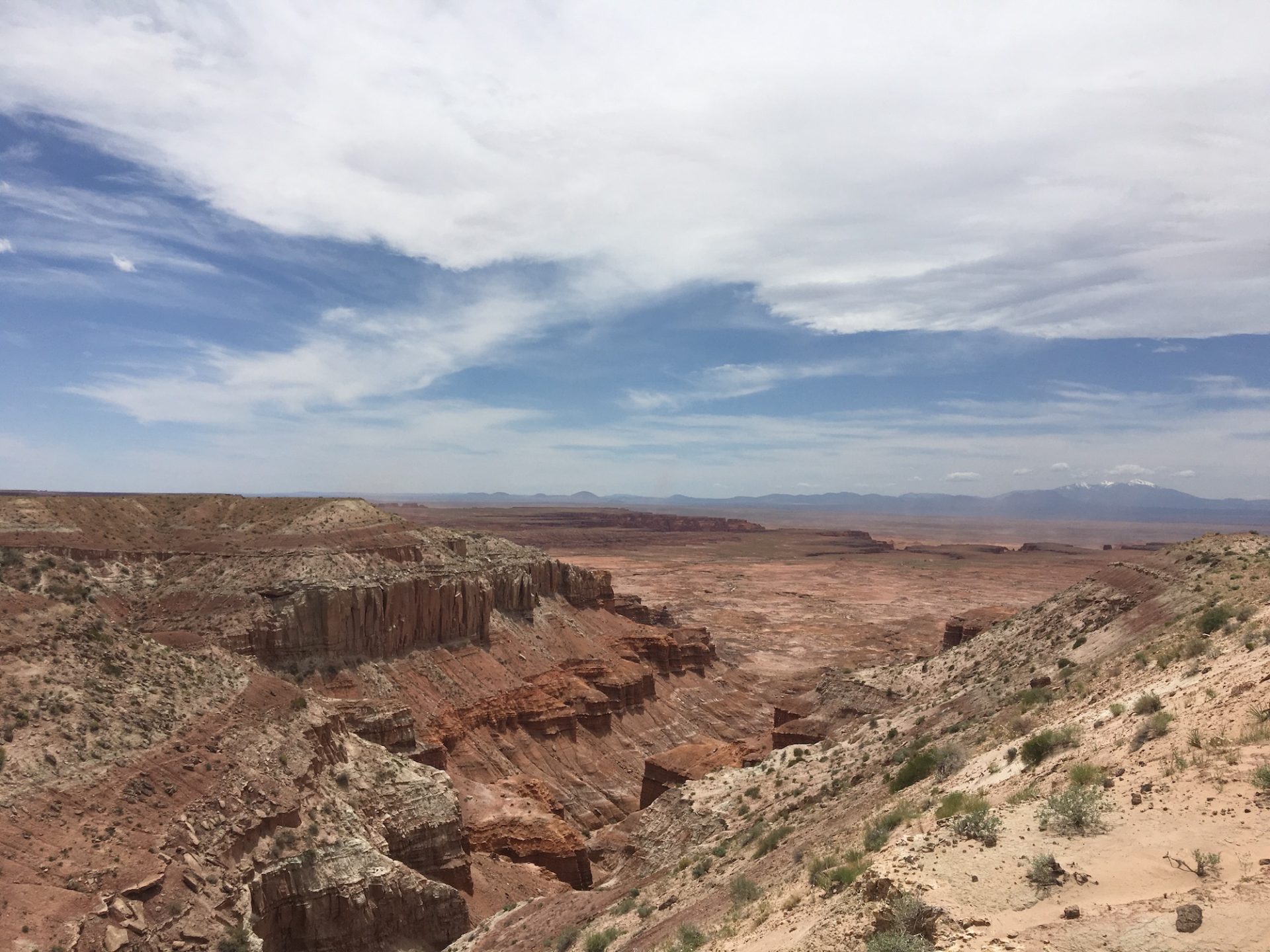Unveiling Earth’s climate chronicles
Aisha Al Suwaidi, Associate Professor at the Department of Earth Science, Khalifa University.
Aisha Al Suwaidi’s research transcends time, weaving geological insights with interdisciplinary collaboration to shed light on our planet’s climate evolution. Integrating geology with numerous disciplines, her research projects have taken her and her PhD students around the world.

Tell us about the research work that your team is doing.
Our research revolves around using sedimentary rocks, found on the continents and in the ocean, to understand climatic and environmental changes. By analyzing concentration and cycling of carbon across Earth’s geological epochs, we explore the cause and timing of major changes. At present, we are working on events that happened during the Triassic and Jurassic Periods 250 to 150 million years ago, in addition to analyzing more modern records of climate change in the marine sediments from the Gulf of Oman.
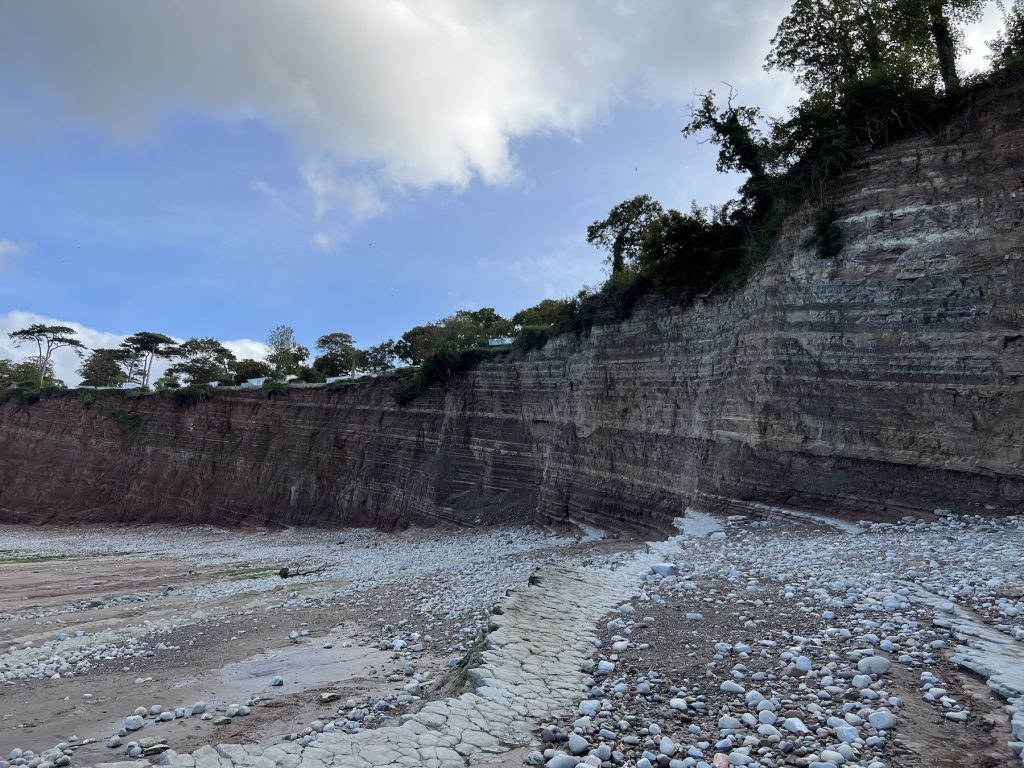
Is it a very interdisciplinary field?
Absolutely! My areas of research—chemostratigraphy and sedimentology—require a broad range of experts. More specifically, they integrate geology with numerous disciplines, including biology, chemistry, physics, and geography. This is unique and means that we are constantly employing an interdisciplinary approach to understand how our planet has changed over time and how it responds to disruptions.
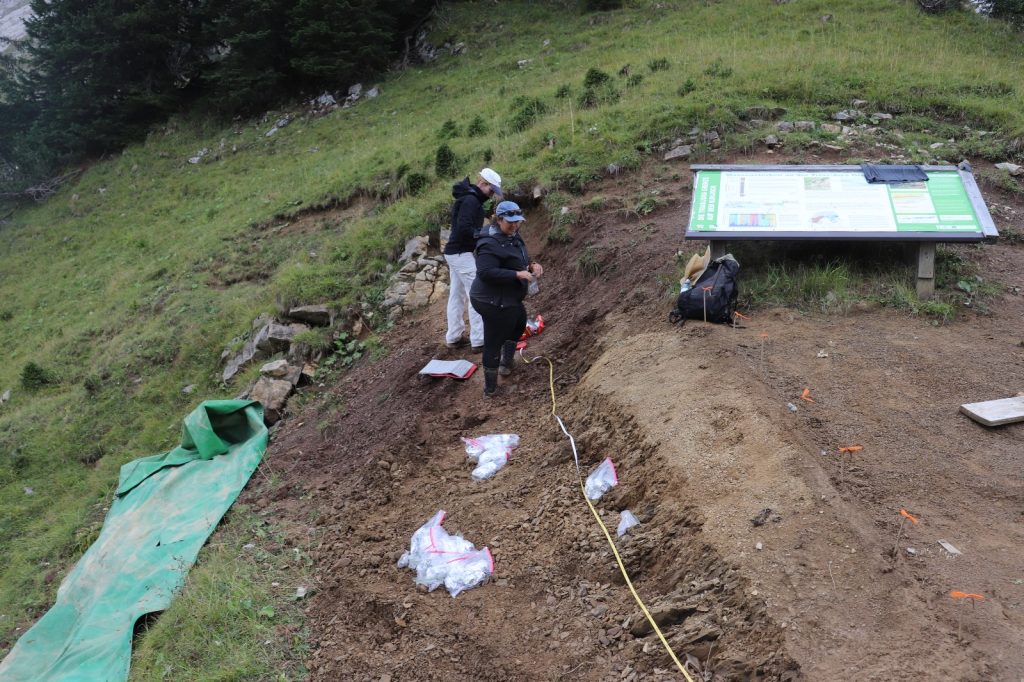
“Paleoclimate research can provide us with very critical information on how natural systems respond to changes in greenhouse gases in our atmosphere.”
Aisha Al Suwaidi
How can your research help explain the causes and effects of climate change?
Conducting fieldwork, gathering samples of rocks spanning millions of years, and performing chemical analyses on them provides crucial insights into the mechanisms driving environmental and climate shifts. Most importantly, it can help us understand how natural systems respond to changes in greenhouse gases in our atmosphere, offering perspectives on Earth’s capacity to naturally correct these imbalances.
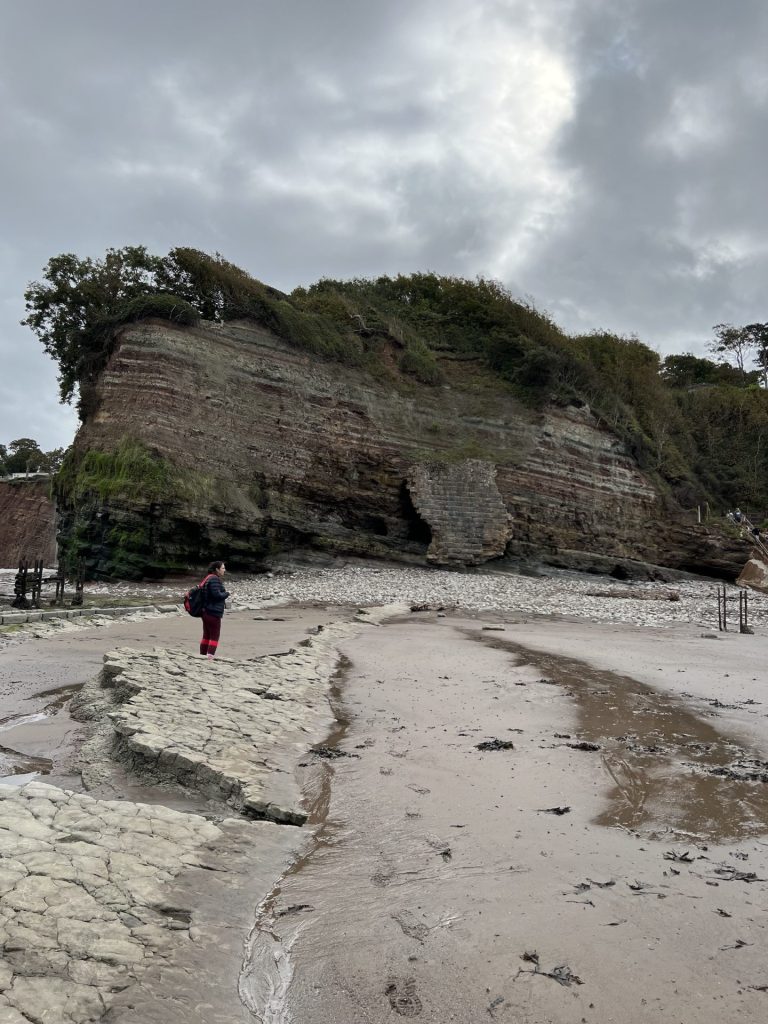
What notable discoveries have you made?
We uncovered an interesting connection between disruption in the carbon cycle and a palaeo-environmental crisis that happened 183 million years ago, when large parts of Earth’s oceans were depleted of oxygen, resulting in the extinction of several marine creatures. My research has established that this disruption was truly global and not just limited to a few localities in the Northern Hemisphere, as was previously thought. The disruption can be attributed to two major, but distinct, volcanic events in South Africa and Antarctica.
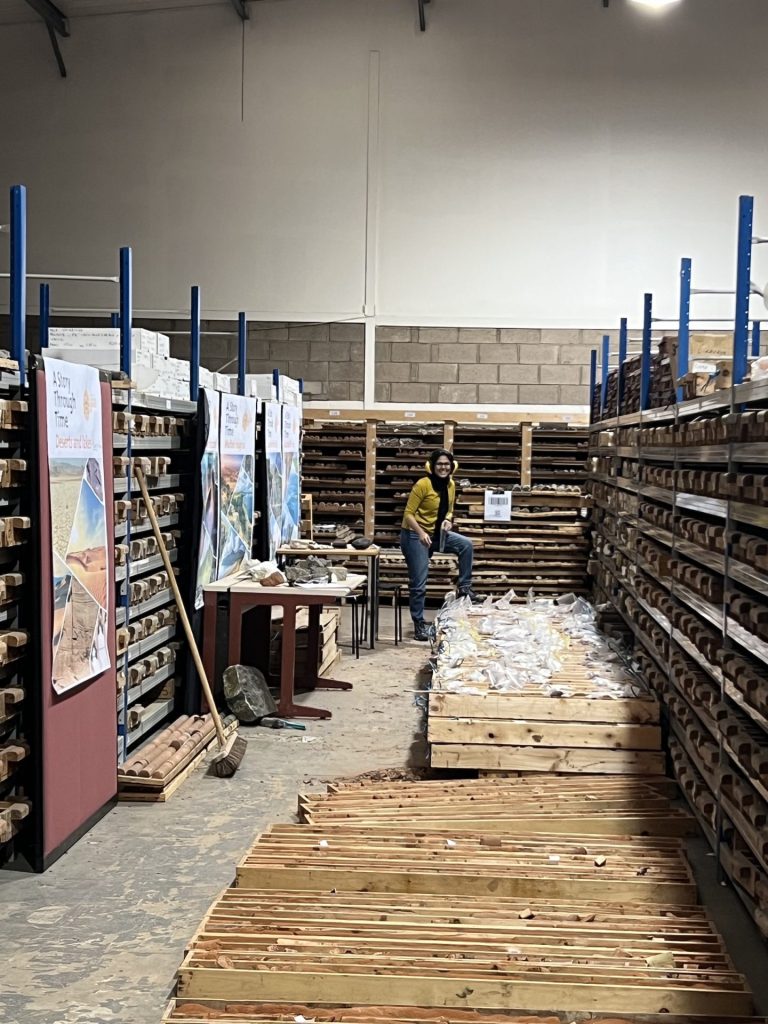
How important is collaboration in your field of research?
Collaborations are very important for our field. My team is currently investigating an event that occurred around 230 million years ago, when major volcanic activity triggered a shift from an arid to an intensely wet climate. One of my PhD students, Indodeep Ghosal, is working with Calum Fox at JAMSTEC in Japan to explore this event in the paleo-Antarctic circle. Another PhD student, Marwa Painkal, is analyzing the records of the Northern Hemisphere, in collaboration with Micha Ruhl at Trinity College Dublin in Ireland and Kim Senger at the University Centre in Svalbard, Norway. These collaborations allow us to take a more holistic research approach.
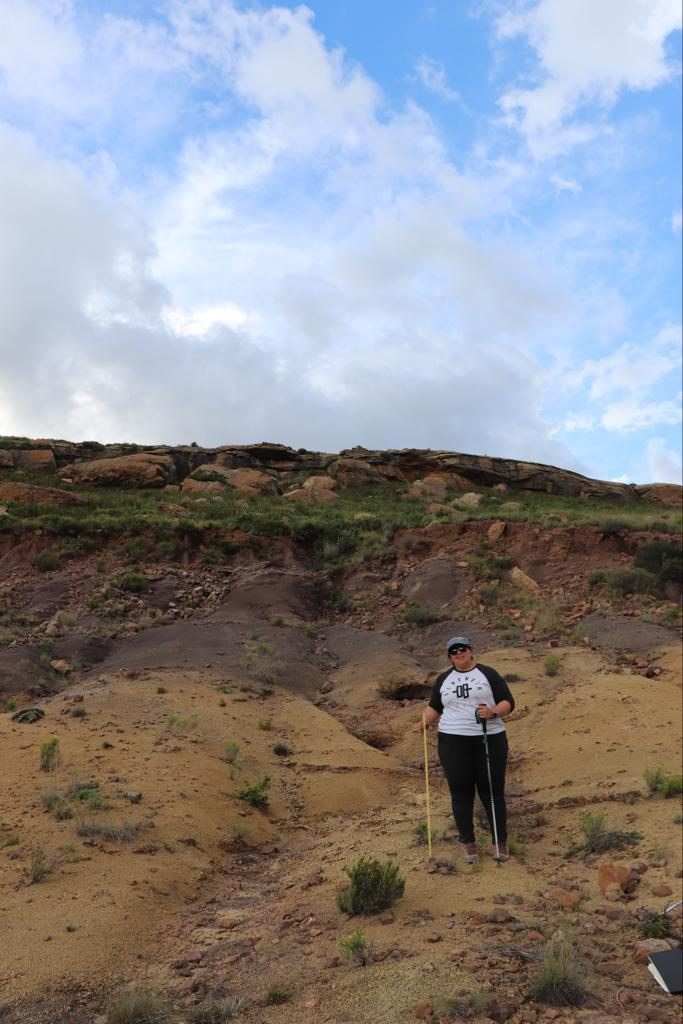
Aisha Al Suwaidi,
Associate Professor, Department of Earth Science
aisha.alsuwaidi@ku.ac.ae
Reference
1- Al-Suwaidi, A.H.; Ruhl, M.; Jenkyns, H.C.; Damborenea, S.E.; Manceñido, M.O.; Condon, D.J.; Angelozzi, G.N.; Kamo, S.L.; Storm, M.; Riccardi, A.C. and Hesselbo, S.P. New age constraints on the Lower Jurassic Pliensbachian–Toarcian Boundary at Chacay Melehue (Neuquén Basin, Argentina). Sci. Rep., 12(1), 4975, 2022. |Article
2- Suarez, M.B.; Al Suwaidi, A.; Montgomery, E.H.; Kirkland, J.I.; Andrew, J.; Mclean, N.; Möller, A.; Ludvigson, G. and Suarez, C.A. New geochronological age constraint and chemostratigraphy for Aptian lacustrine strata, Cedar Mountain Formation, Utah. Geochem. Geophys., 24(9), p.e2023GC011014, 2023. |Article

